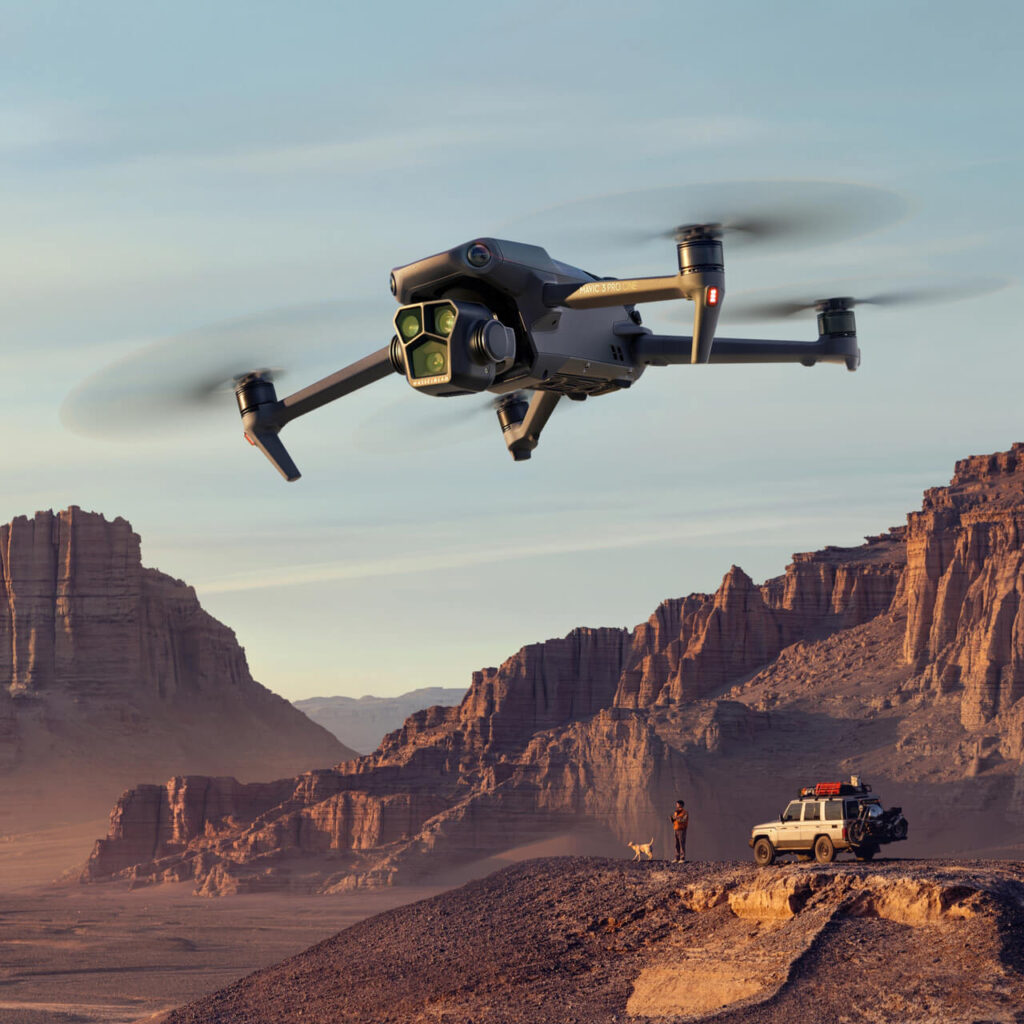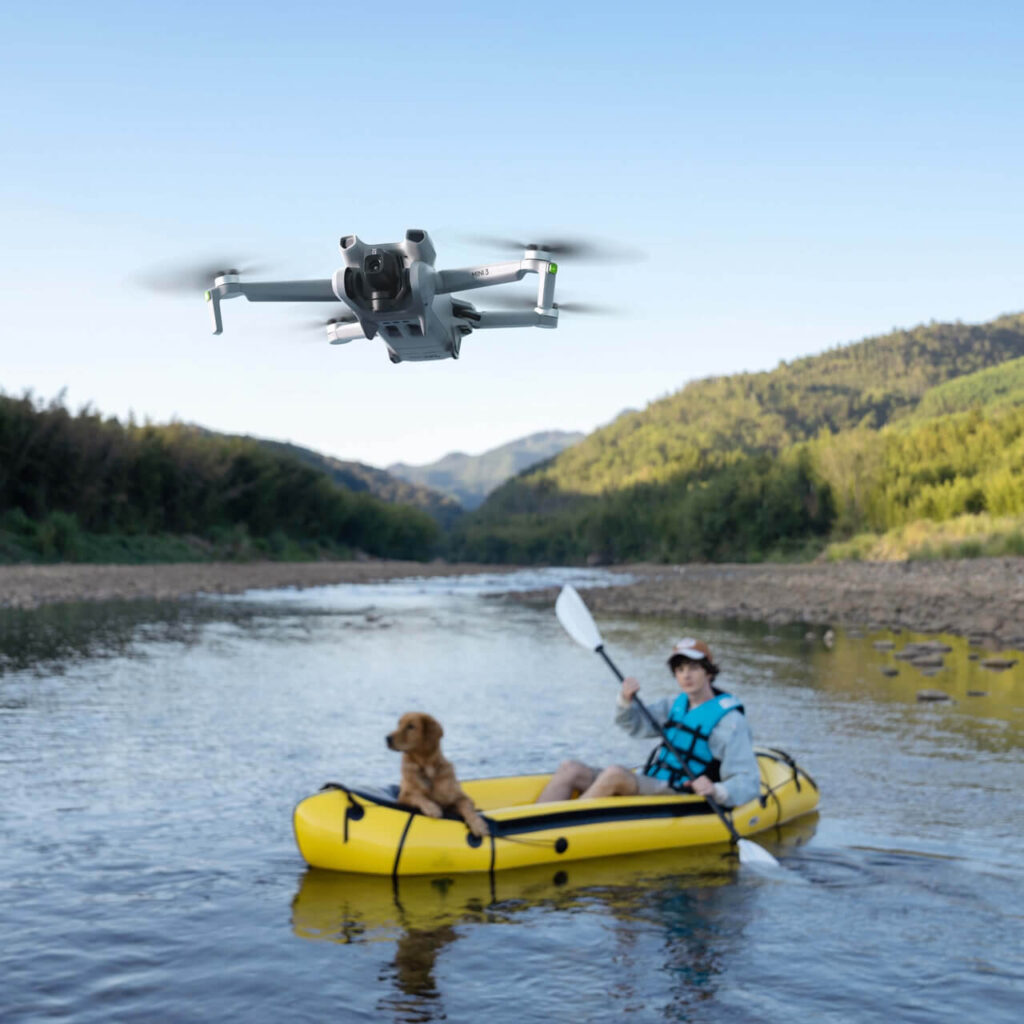In recent years, the integration of technology into agriculture has brought about transformative changes, and one such innovation is the utilization of drones. Drones, also known as Unmanned Aerial Vehicles (UAVs), have found their way into the Indian agricultural landscape, revolutionizing the way farming operations are conducted. From crop monitoring to pest management, drones are offering an array of benefits that are improving efficiency, yield, and sustainability in Indian agriculture. This article delves into the intricacies of using drones for agriculture in India, exploring their types, applications, regulatory framework, costs, and valuable tips for farmers.
Introduction: Enhancing Agriculture through Drones in India

The advent of drones for agriculture in India has brought a paradigm shift in agriculture, providing farmers with invaluable insights and data that were previously inaccessible or required extensive manual labor. Drones have proved to be a boon in addressing various challenges faced by Indian farmers, including pests, diseases, water scarcity, and labor shortages. By capturing high-resolution imagery and facilitating real-time monitoring, drones empower farmers to make informed decisions and optimize their agricultural practices.

Types of Drones for Agriculture in India

Several types of drones for agriculture in India are being used, each tailored to specific tasks and operational environments. Fixed-wing drones cover large areas efficiently, making them ideal for mapping and surveying. Rotary-wing drones, such as quadcopters and hexacopters, offer greater maneuverability and stability, making them suitable for close-up inspection and monitoring. Hybrid drones combine features of both fixed-wing and rotary-wing designs, providing versatility for various applications. Selecting the appropriate drone depends on the farm size, topography, and intended applications.
Applications of Drones in Agriculture

Drones are versatile tools with numerous applications in Indian agriculture:
Crop Monitoring: Drones equipped with high-quality cameras capture detailed imagery of crops, enabling early detection of diseases, nutrient deficiencies, and pest infestations. This proactive approach empowers farmers to take targeted actions and prevent crop losses.
Soil Analysis: By collecting data on soil moisture levels, nutrient content, and pH, drones facilitate precision agriculture. This data-driven approach allows farmers to tailor irrigation and fertilization, leading to enhanced crop yields and resource optimization.
Irrigation Management: Drones assist in optimizing irrigation by generating heat maps that reveal moisture variations across fields. This information guides farmers in adjusting irrigation practices to ensure uniform water distribution and mitigate water wastage.
Pest Management: Drones enable precise pesticide application through aerial spraying, reducing the environmental impact and minimizing chemical exposure to farmers. This approach enhances pest control while safeguarding ecosystem health.
Seeding and Planting: Drones equipped with seed dispensers ensure accurate and evenly distributed seeding. This method results in consistent crop emergence, reduced seed wastage, and improved plant density.
Harvesting Assistance: Drones aid in monitoring crop maturity and yield estimation, allowing farmers to plan harvest operations more effectively. They also assist in crop transportation and logistics.
Regulatory Framework for Drones for Agriculture in India

The use of drones in India is subject to regulations outlined by the Directorate General of Civil Aviation (DGCA). The regulatory framework categorizes drones based on their weight and application. Operators must obtain appropriate permits, adhere to flight restrictions, and ensure the privacy and safety of individuals and property. It is essential for farmers to familiarize themselves with the guidelines and obtain necessary clearances before deploying drones in agricultural operations.
Drones for Agriculture in India: Cost Considerations
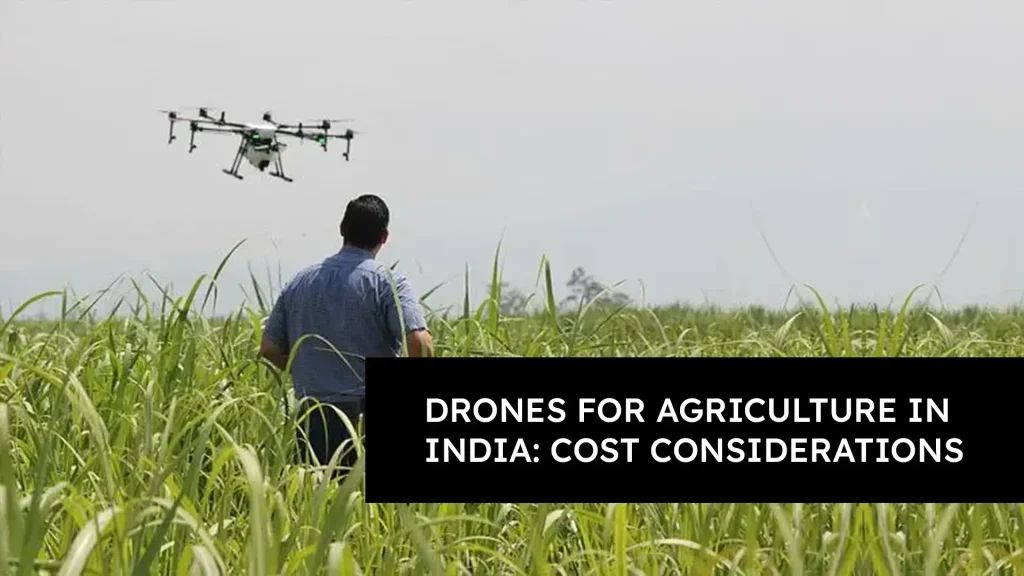
The cost of using drones in agriculture varies depending on factors such as drone type, payload capabilities, and operational scope. While initial investments may seem substantial, the long-term benefits often outweigh the costs. Drones contribute to increased efficiency, reduced resource wastage, and enhanced yield potential. Collaborative efforts among farmers or agricultural cooperatives can also help distribute costs and resources more effectively.
Tips for Successful Drone Utilization
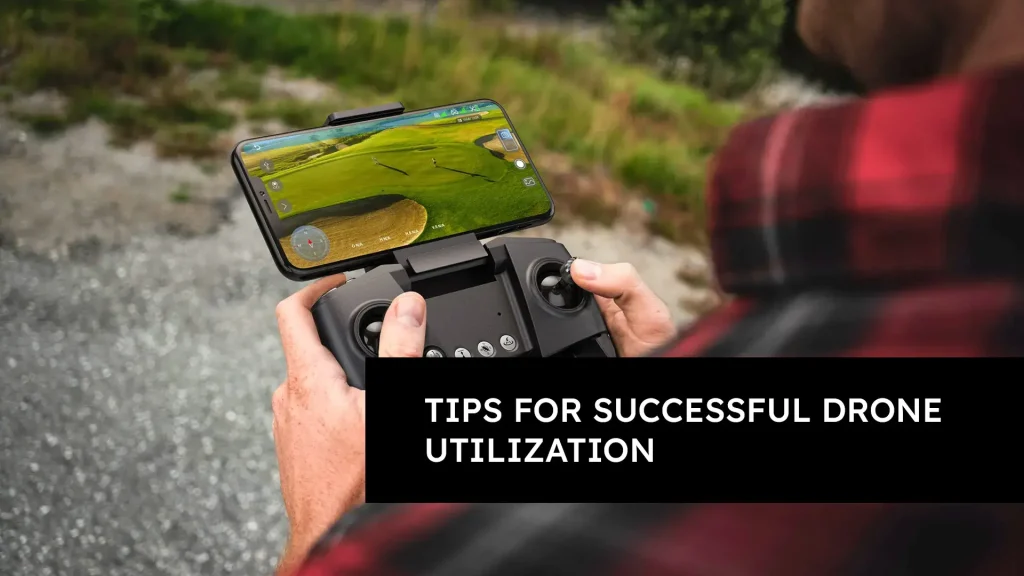
Training: Proper training is essential for drone operators to ensure safe and effective flight operations. Understanding flight controls, emergency procedures, and data analysis is crucial.
Data Interpretation: Capturing data is only valuable if it can be translated into actionable insights. Utilize software tools to analyze images and generate meaningful reports for informed decision-making.
Weather Awareness: Weather conditions significantly impact drone flights. Monitor weather forecasts and avoid flying in adverse conditions to ensure safety and data accuracy.
Maintenance: Regular maintenance and calibration of drones are vital to ensure optimal performance. Keep batteries charged, update software, and perform routine checks before each flight.
Privacy and Consent: Respect the privacy of neighboring properties and obtain necessary permissions before flying over private lands. Prioritize data security and ensure compliance with privacy laws.
Collaboration: Collaborate with local agricultural experts, agronomists, and researchers to maximize the benefits of drone technology. Sharing knowledge and experiences can lead to innovative solutions and best practices.
Common Questions Related to Drones for Agriculture in India
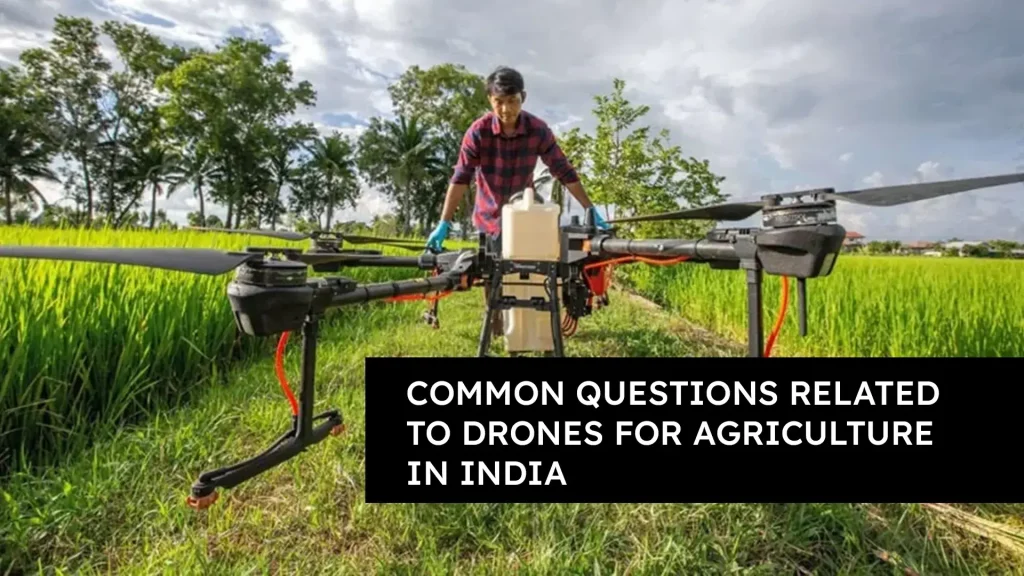
Q. Can drones be used for agriculture in India?
A. Yes, drones can be used for agriculture in India.
Q. Which are the best drones for agriculture in India?
A. The best drone for agriculture in India will depend on the specific needs of the farmer. Some factors to consider include the size of the farm, the crops being grown, and the budget.
Some popular agricultural drones in India include:
DJI Agras T20: This drone is designed specifically for agricultural applications. It has a 20-liter tank that can be used to spray pesticides and fertilizers.
DJI Matrice 300 RTK: This drone is a more versatile option that can be used for a variety of tasks, including agriculture. It has a payload capacity of 25 kilograms and can fly for up to 55 minutes.
Parrot Anafi Ai: This drone is a smaller and more affordable option that can be used for crop scouting and other light agricultural tasks. It has a 4K camera and can fly for up to 25 minutes.
Q. How much does an agricultural drone cost in India?
A. The cost of an agricultural drone in India can range from a few thousand rupees to several lakhs of rupees. The price will depend on the features and capabilities of the drone.
Q. Which drone for agriculture in India is good?
A. The best drone for agriculture in India is the one that best meets the needs of the farmer. Some factors to consider include the size of the farm, the crops being grown, and the budget.
Q. Do you need a license to own a drone in India?
A. Yes, you need a license to own a drone in India. The type of license you need will depend on the weight of the drone. For drones that weigh less than 250 grams, you can apply for a Remote Pilot License (RPL) online. For drones that weigh more than 250 grams, you will need to take a training course and pass an exam.
Conclusion
Drones are rapidly transforming Indian agriculture by providing farmers with unprecedented capabilities to monitor, analyze, and optimize their fields. Through crop monitoring, soil analysis, irrigation management, pest control, and more, drones are enhancing productivity, sustainability, and profitability in the agricultural sector. With a supportive regulatory framework and technological advancements, drones are poised to play an increasingly pivotal role in shaping the future of Indian agriculture. As farmers embrace these technological advancements, they are not only harnessing the power of innovation but also contributing to a more resilient and efficient agricultural ecosystem.


